The Great Murals Cave Paintings, Baja Trip
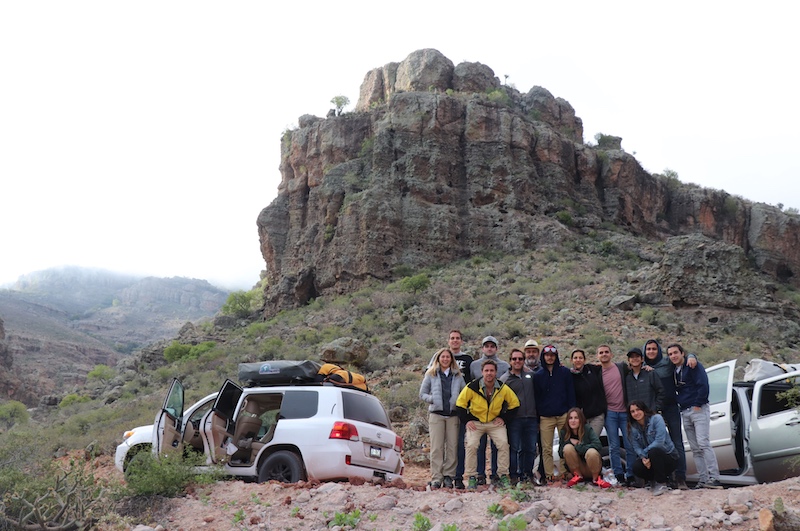
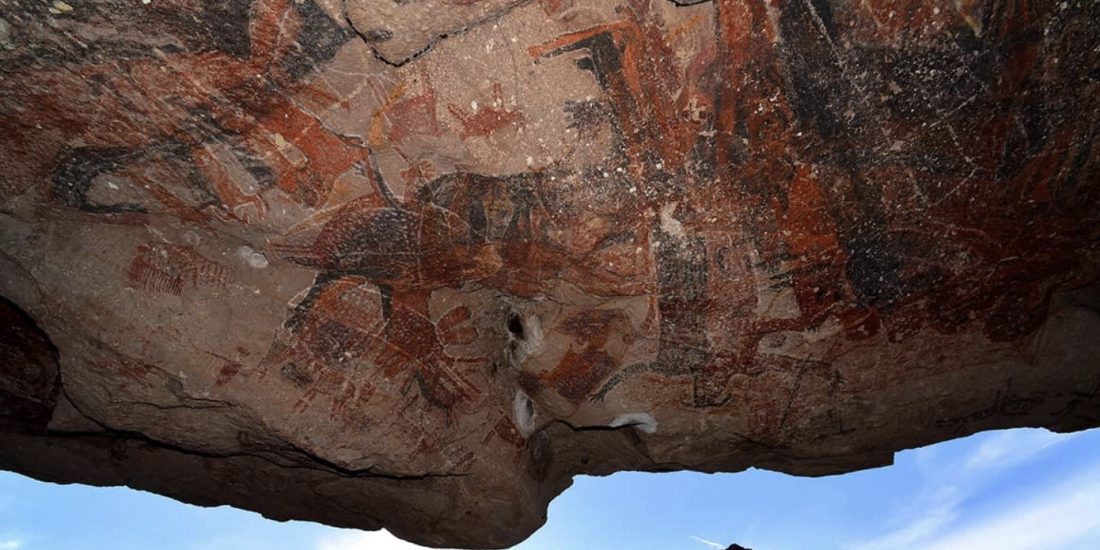



7-day guided trip to Loreto and Mulegé, Baja
Sampa Signature Trips
Description
Spots
Loreto is a charming coastal town in Baja California Sur, Mexico, renowned for its rich history, stunning natural beauty, and vibrant cultural scene. With its 17th-century Loreto Mission museum, it is one of the oldest Spanish settlements in the region. It offers a range of outdoor activities such as snorkeling, scuba diving, kayaking, hiking, mountain biking, and horseback riding. Loreto is also famous for its friendly locals and lively cultural scene. Whether you’re interested in exploring the town’s history, discovering underwater caves, or simply enjoying the relaxed coastal atmosphere, Loreto is a must-visit destination.
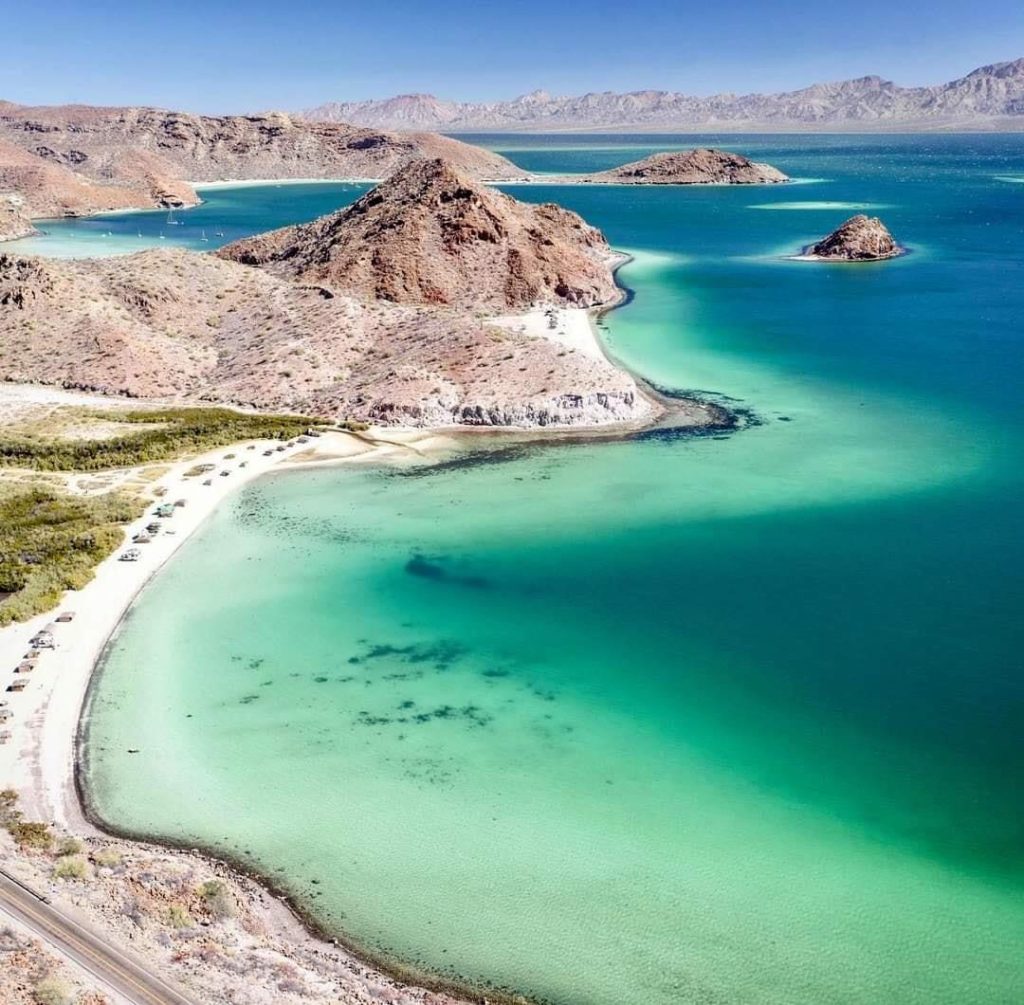
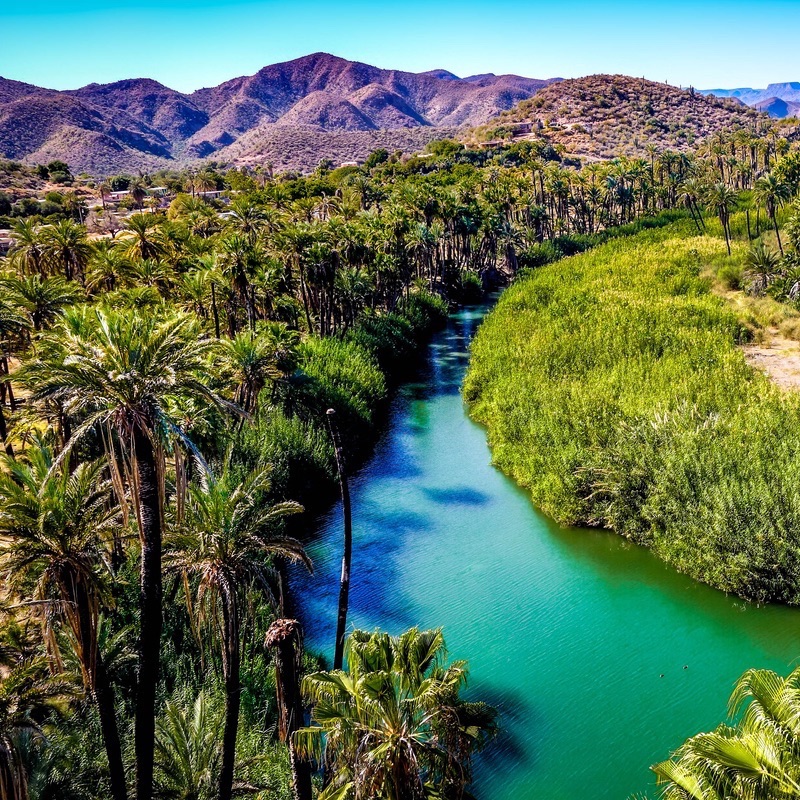
Sierra de San Francisco: The Sierra de San Francisco offers a unique and impressive experience in Baja California with its cave paintings. This UNESCO World Heritage site is home to some of the world’s best-preserved and most impressive rock art sites known as the “great murals.” There are over 400 sites in the region, with most remaining intact and in good condition due to the dry climate and remote location. Visitors can explore steep canyons to discover rock cave shelters and huge panels adorned with depictions of human figures and wildlife in red, black, white, and yellow.
San Borjitas: Carbon-dated to be 7,500 years old, these are believed to be the oldest cave paintings in North America, and they are also some of the most impressive in Baja California. These are the most impressive cave paintings on the peninsula. The canvas for the paintings is a 30-meter long cave overhang with the ceiling containing over 80 monos (human figures). The monos are bi-colored, with one half painted in black and the other half in red. Monos also appear at right angles to one another, forming an open network of bodies loosely woven together, another distinguishing feature for the San Borjitas paintings.
Agua Verde is a serene fishing village located in Baja California Sur, Mexico. Known for its tranquil atmosphere, stunning coastline, and rich cultural heritage. Visitors can enjoy kayaking, swimming, snorkeling, fishing, and exploring the town’s rich cultural heritage. With its serene atmosphere, crystal-clear waters, and breathtaking scenery, Agua Verde is the perfect place to escape from the hustle and bustle of everyday life and reconnect with nature.
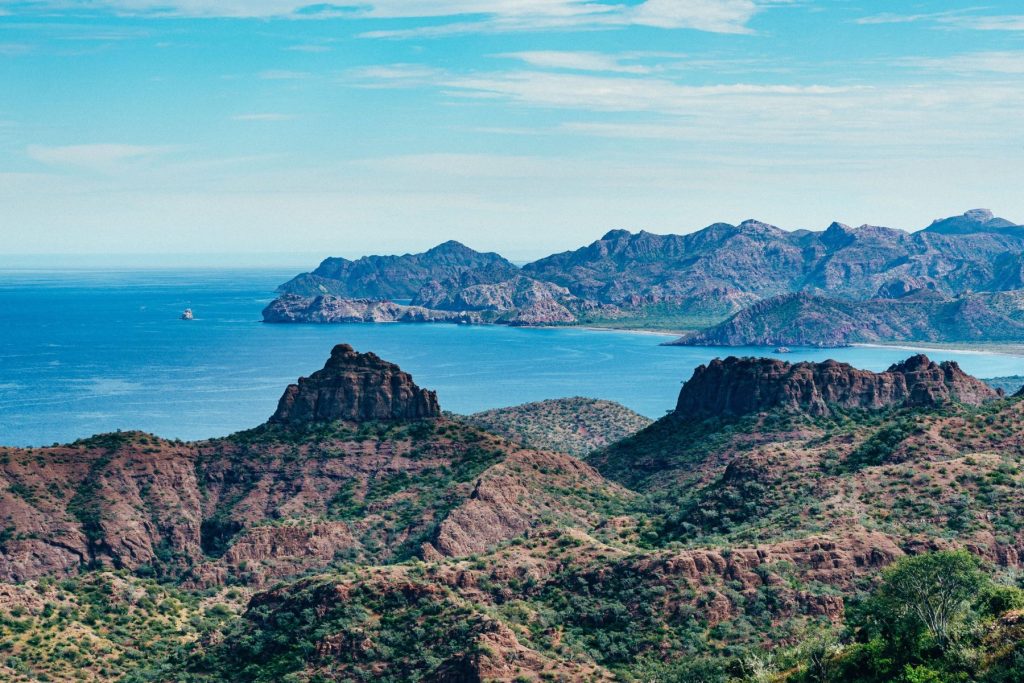
US$3,400
Activities
- Cave Paintings: Visiting the northern part of Baja California Sur in Mexico to see ancient cave paintings is a fascinating and unique activity. Led by knowledgeable guides, visitors can explore the painted walls and ceilings of the caves and learn about the history and significance of the artwork. The paintings depict animals, people, and objects and offer insight into the daily life of the indigenous people who created them. Wear comfortable clothing and shoes suitable for walking on uneven terrain to fully enjoy the experience.
- Other Activities: Kayaking, Stand Up Paddling, Table and Beach Games are also available.
- Max Capacity: 15 people
Includes
- 7 days and 6 nights guided experience in Loreto and Magdalena Bay
- Expert Samper that will help, guide and assist during the trip.
- Airport transportation
- Fully equipped for adventure 4×4 vehicle
- Beach Toys (Stand Up Paddle, Kayaks and snorkeling kits)
- Camping Meals
- Whale Watching Tours
Does not Include
- Meals at restaurants
- Airplane ticket

